A Moment to Transform Your Kyoto Visit
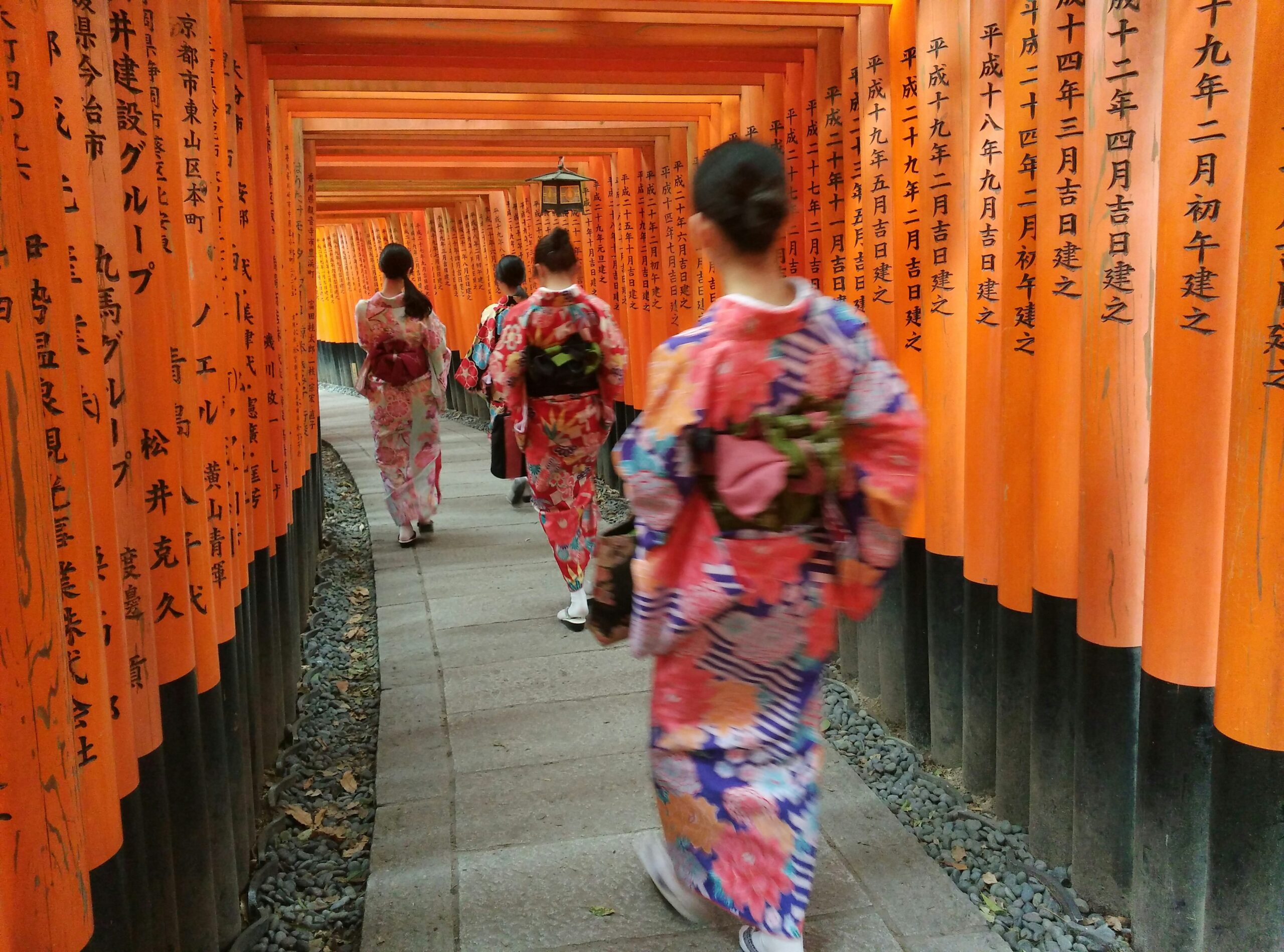
Imagine stepping out of the busy streets of Kyoto and entering the serene domain of Fushimi Inari Taisha — the shrine famed for its thousands of vermilion torii gates. Now imagine doing so wearing a kimono, the elegant traditional Japanese attire, and then capturing those moments in professional photographs. This unique combination creates an unforgettable memory, and one that resonates deeply with both Japanese tradition and modern travel photography.
In this post, we’ll explore how you can make the most of this experience — from kimono selection and styling, to walking the shrine trails, to capturing beautiful images that will last a lifetime. If you’d like to take this experience further, our photography service in Kyoto is ready to help you document it in style at https://allphoto-kyoto.com/.
Why Fushimi Inari Shrine?
Fushimi Inari Taisha (伏見稲荷大社) is one of the most iconic landmarks of Kyoto. Founded in the year 711, it sits at the base of Mount Inari and features walking trails that wind up the mountain through thousands of orange-red torii gates.
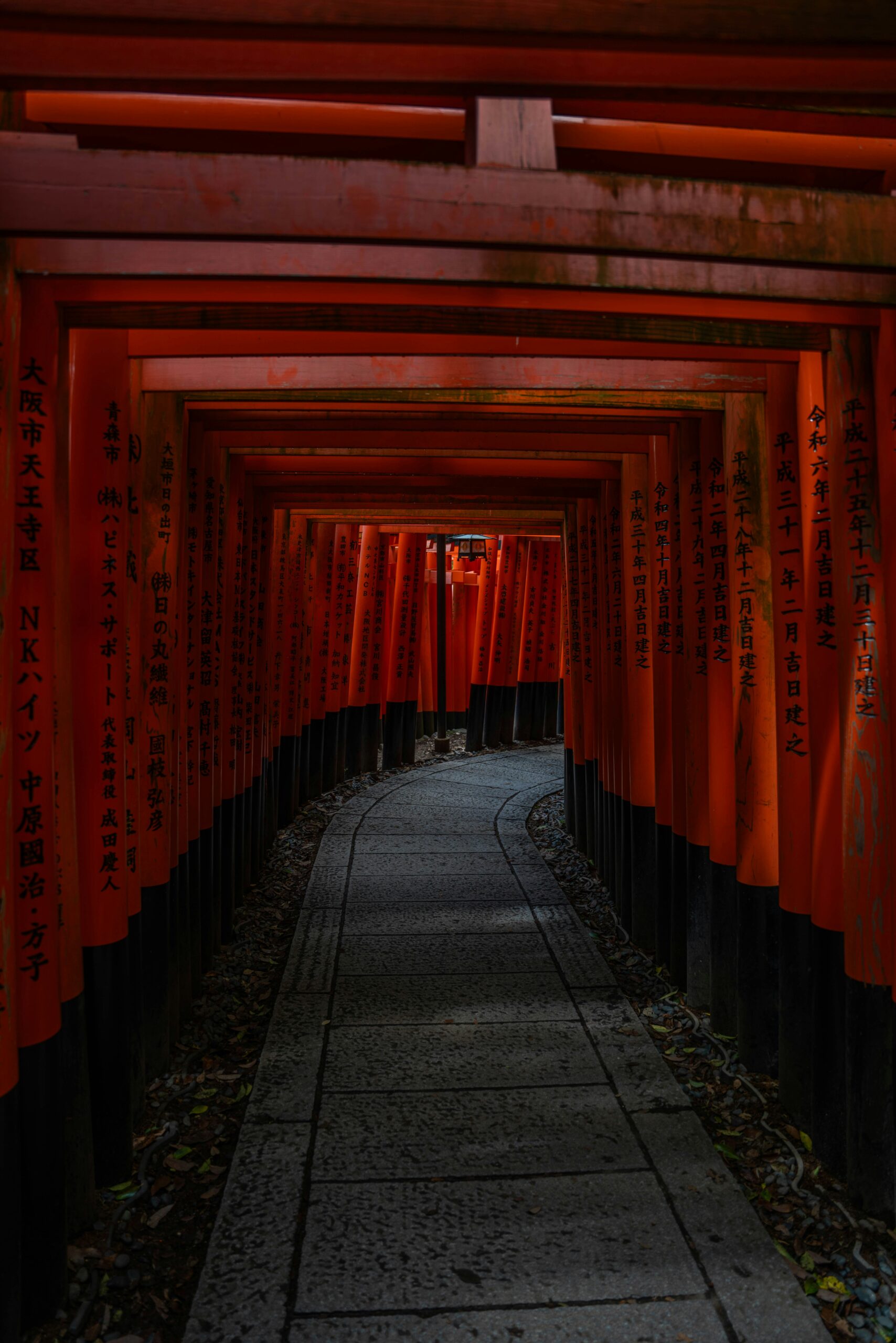
The iconic torii gate tunnels of Fushimi Inari Taisha
These tunnels of torii create a magical atmosphere: the play of light and shadow, the centuries-old shrine buildings, the quiet forest paths above the city. It’s a perfect backdrop for a kimono stroll — blending tradition, nature, and culture.
The Beauty of Wearing a Kimono in Kyoto
When you don the kimono, you’re not just wearing an outfit — you’re engaging with centuries of Japanese culture. The kimono enhances your sense of place, capturing the essence of Kyoto’s old-world charm. Walking among the gates of Fushimi Inari while wearing a kimono elevates the experience: you become part of the scene rather than just a visitor.
Many kimono rental shops around the shrine make this very accessible. For example, one shop right by Fushimi Inari offers full rental sets (kimono, accessories, hair styling, etc.). A reddit traveller summarised:
“9am: Rent kimono – this is key to get your pick of the kimonos … The whole process can take up to an hour.” Reddit
How to Plan Your Kimono & Shrine Walk Experience
1. Book or arrive early for kimono rental
To ensure you have the best selection of patterns and colours, try to arrive early (many shops open around 9:00 AM). Booking ahead is wise if you have a specific kimono style in mind or you want hair-styling included. Many rental shops near Fushimi Inari accept same-day walk-ins, but styles go fast.
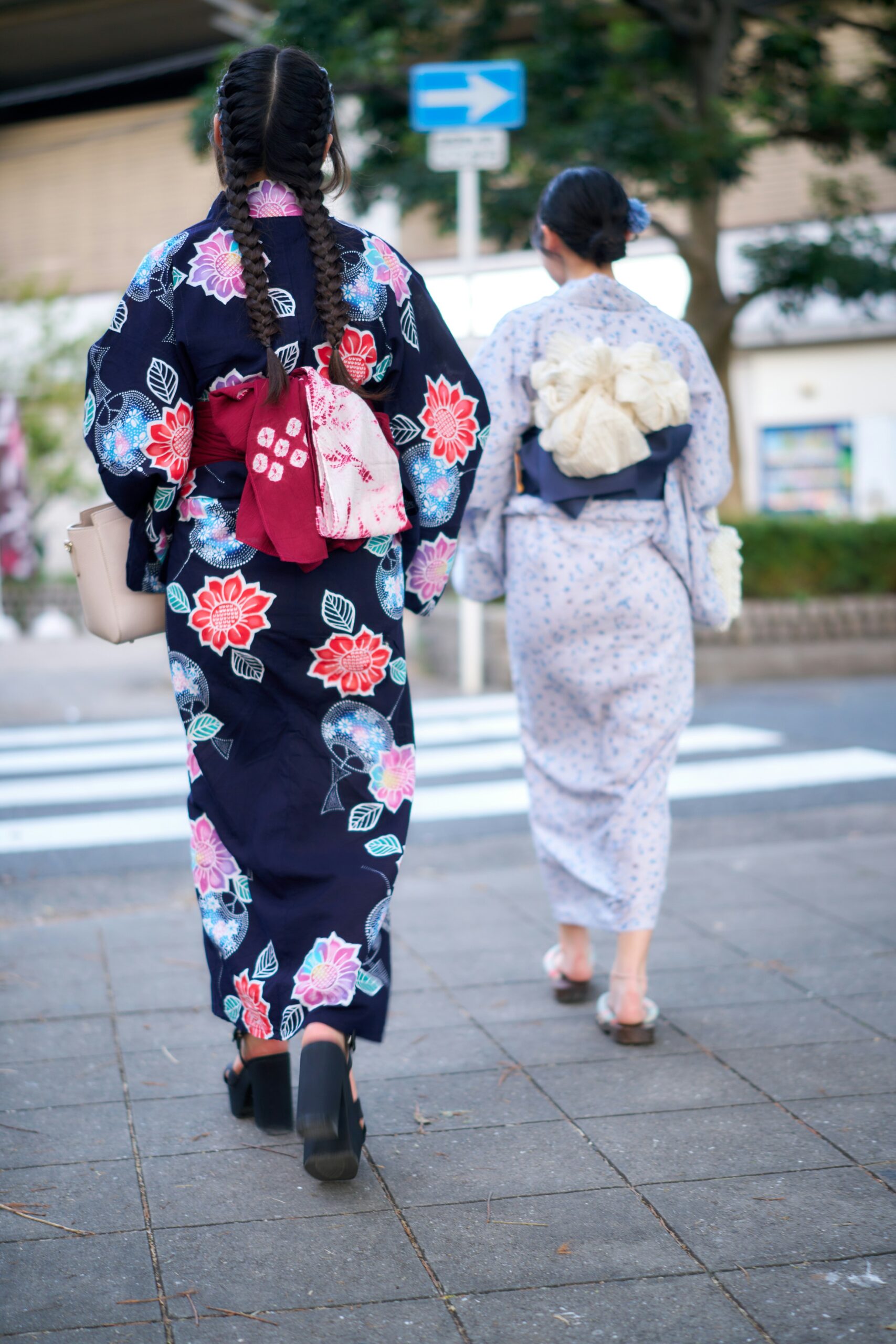
The kimono dressing and hair styling process
2. Choose your kimono style and accessories
Decide whether you want a more traditional kimono (with obi belt, tabi socks, sandals) or a simpler yukata style. Ask about hair accessories and styling options — many shops include it in the package. For example, some shops list over 300 kimono options and full sets including bags, bags, tabi, sandals.
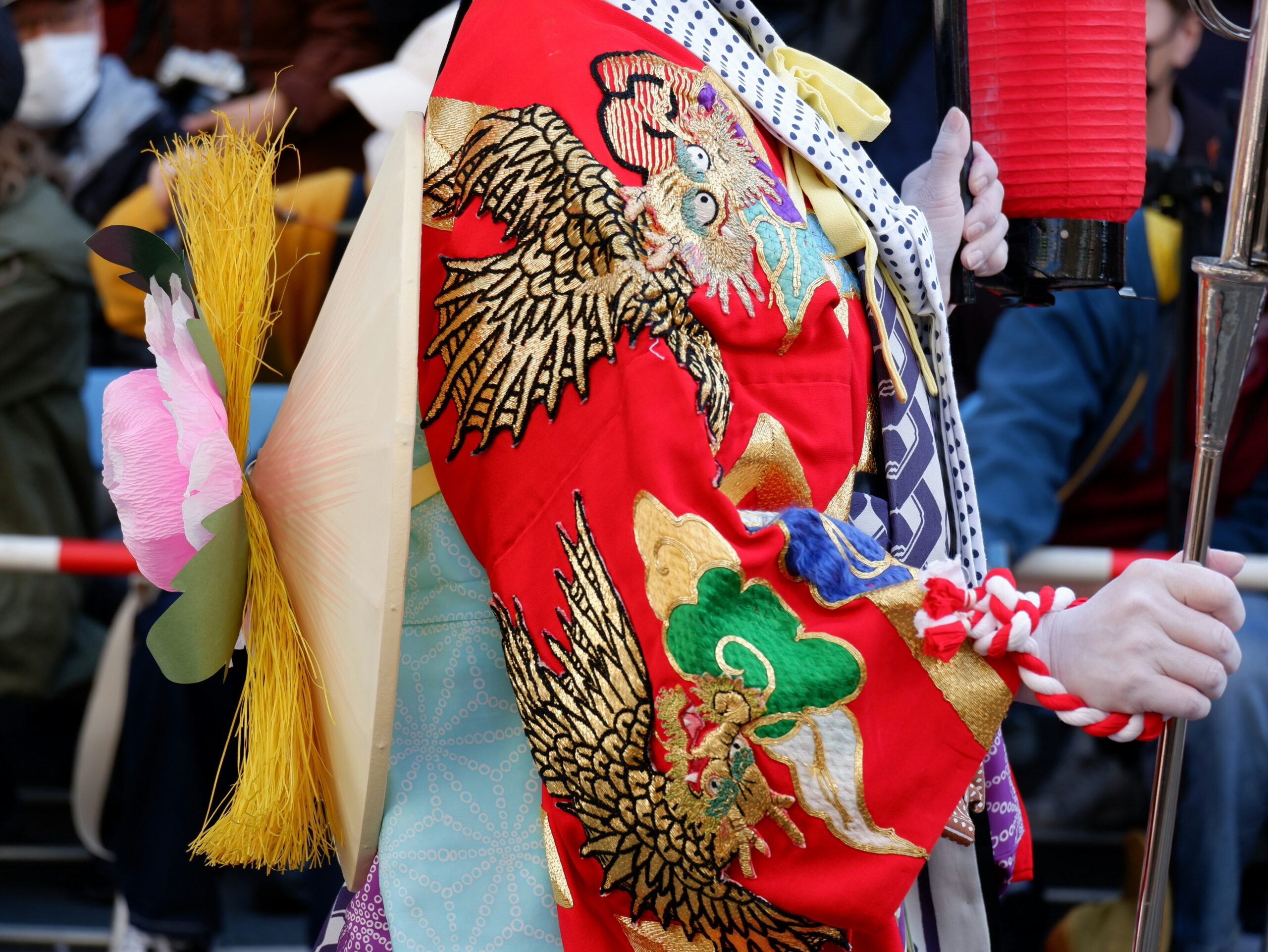
Beautiful kimono fabrics and obi belt details
3. Prepare for the walk
Wear comfortable layers underneath (some rental shops provide warm undergarments or shawls in colder months). Light luggage or a small bag is best since walking in a kimono is easier with minimal baggage. One shop advises:
“Limit your belongings to the bare minimum and use the basket bags provided by the shop.” waplus-kimono.com
Shoes: sandals (zōri) are typical, but if you’re not used to them you might prefer comfortable flats (check with the rental shop).
4. Explore the torii trail at Fushimi Inari
After dressing, head to Fushimi Inari’s torii path. The main tunnel of torii gates is iconic — every step offers a photo-worthy moment. Many choose the early morning or just before dusk for softer light and fewer crowds.
As you walk, enjoy the shrine’s history: Fushimi Inari is the head shrine of the kami Inari, originally associated with rice, agriculture and business success. The trails lead up the hill, passing smaller shrines and vantage points over Kyoto.
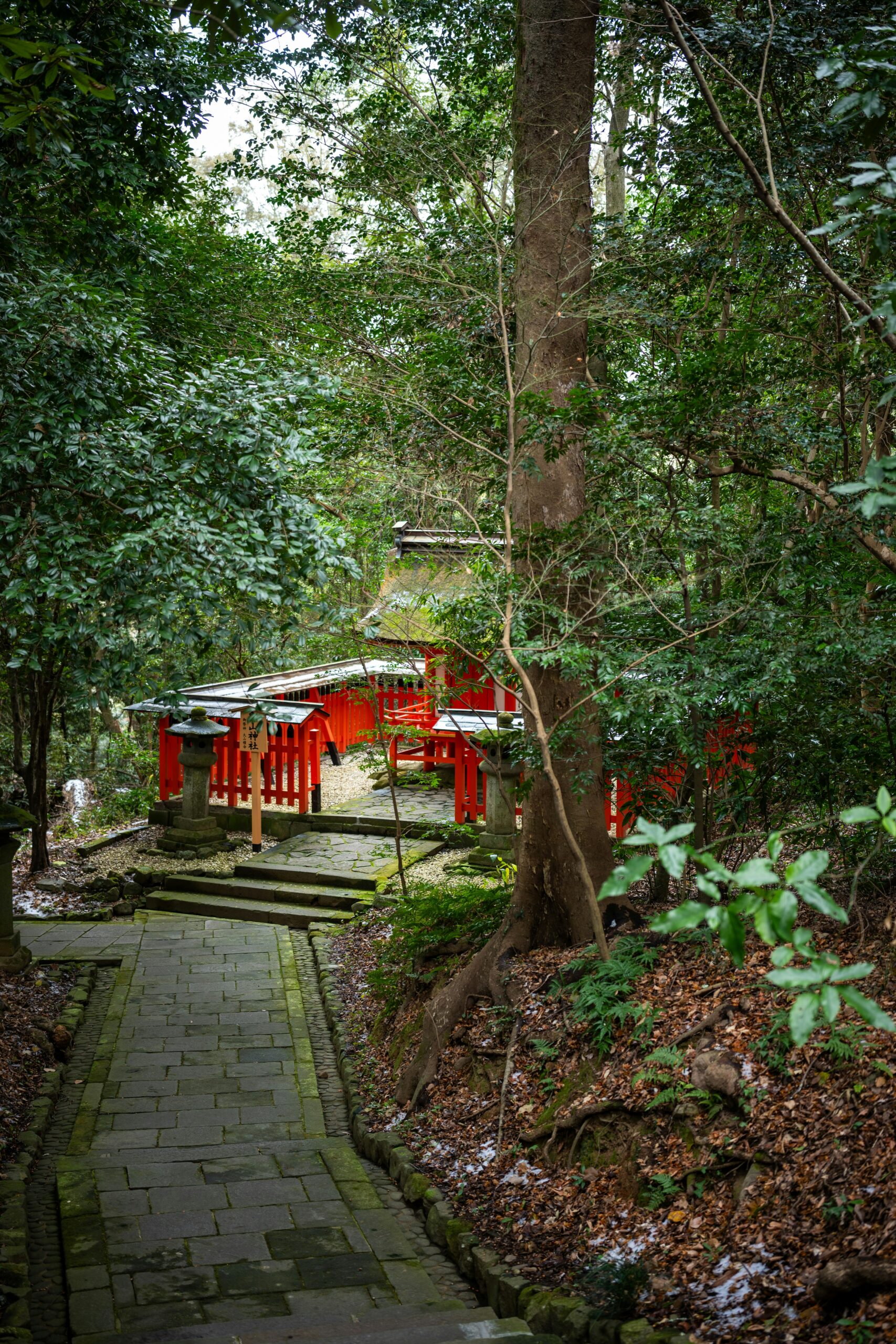
The serene forest trails of Mount Inari
5. Capture the moment in photos
Here’s where your experience truly becomes memorable. Wear your kimono, walk the torii path, pause and let your photographer (or your self-timer) capture natural moments, interactions, textures of fabric against the torii, light filtering through the gates.
And yes — if you want that extra touch of professional imagery, visit https://allphoto-kyoto.com/ and let us document your styling, your walk, and your memories in Kyoto.
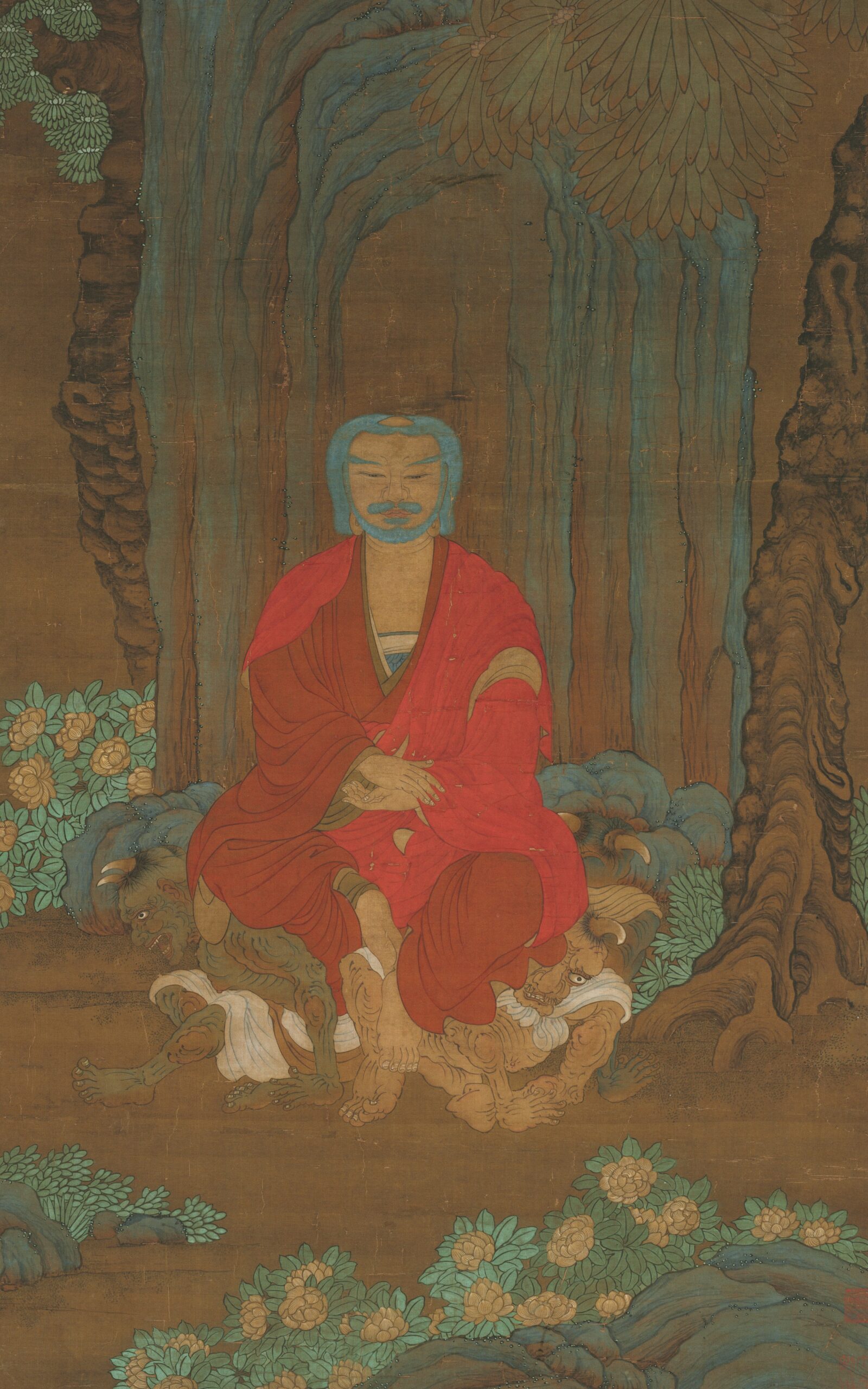
Creating beautiful memories at the shrine’s lookout points
6. After your walk: relaxing & reflection
Once you finish the torii trail, don’t rush. There are lower-key spots around Fushimi Inari where you can sit, reflect, enjoy tea, perhaps try local sweets or shop for a small souvenir. The contrast of the vibrant kimono and shrine setting makes even the quiet moments feel rich.
Tips to Make Your Experience Even Better
- Time it right: Arriving early (9:00-10:00 AM) or later in the afternoon gives gentler light and fewer tourists.
- Weather readiness: If it rains, the torii path becomes atmospheric but wet. Ask your rental shop about umbrellas or cover-shoes.
- Comfort first: Walking in a kimono is beautiful but takes a little adjustment. Move slowly, take shorter strides.
- Respect the shrine: Fushimi Inari is a sacred place. Be mindful of other visitors, don’t block gates, speak in moderate tones, avoid loud selfies.
- Photography tips: Use the lines of torii gates for leading-line compositions. Capture dress-detail (obi knot, sleeve drape) against the warm orange-red background. Overhead or shoulder-level shots of you walking through the gates build atmosphere.
- Combine with other locations if you have time: Since you’ll be dressed in kimono, you might extend your experience to other classic Kyoto spots (within reachable distance), e.g., Gion, Kiyomizu-dera, Arashiyama. But don’t rush — quality over quantity.
Why This Experience Is Great for You and Your Travel Photography
From a visitor’s point of view:
- Unique memory: Few travel experiences combine walking through a historic shrine, wearing traditional clothing, and documenting it in professional-style photos.
- Cultural immersion: It’s not just sightseeing — it’s participation in Japanese tradition and style.
- Photo-worthy: The aesthetic of kimono fabric + shrine architecture + torii gates = highly shareable images for social media, travel blogs, and memories.
Real-life Example Snapshot
Imagine arriving at the rental shop at 9:00 AM. You pick a pastel-patterned kimono with cherry blossom motif. The staff assist you with hair styling and sandal fitting. At 9:45 you step outside and walk toward the shrine. You arrive at the first rows of torii by 10:00 AM, and the light is soft, the gates nearly empty of tourists. You pause for a moment of quiet, then your photographer captures you turning back toward the camera, the torii above your head forming a tunnel of colour. You continue up the hill, laughter in your voice, kimono sleeves brushing past wooden posts. At a lookout point you rest, sip iced matcha, gaze at Kyoto city stretching below. Later, back in the rental shop, you change out of the kimono, handbag in your hand, feeling that you’ve done more than visit: you’ve been Kyoto for a morning. That’s the value of combining kimono + Fushimi Inari + photography.
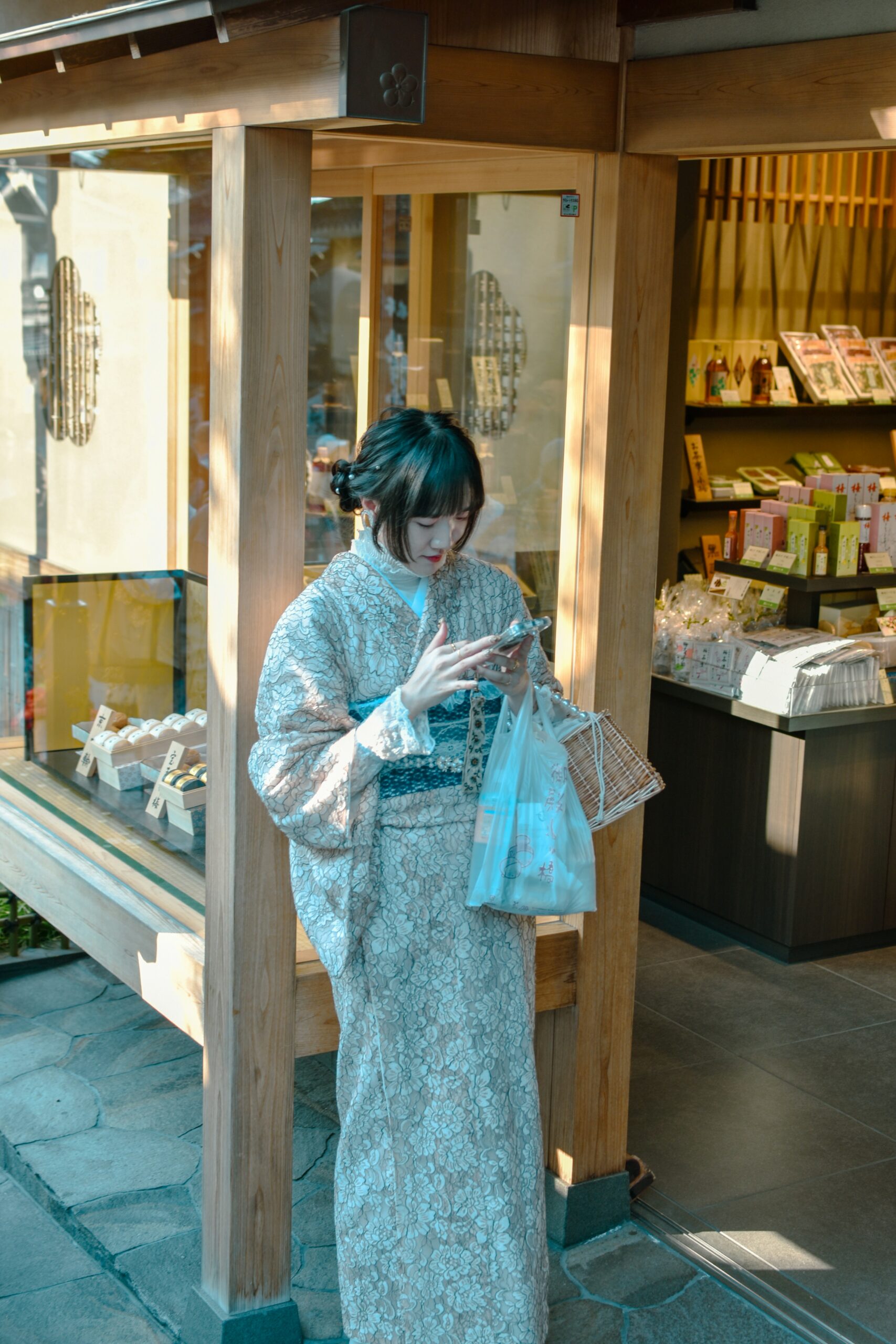
Capturing joyful moments in kimono at Kyoto
If you’d like to reserve a session, visit our website and select a “kimono & shrine walk” package. We’ll coordinate your styling, timing, and photo shoot so you can focus on the experience itself.Book Your Experience at AllPhoto Kyoto
Conclusion
Walking the paths of Fushimi Inari Taisha while wearing a kimono is more than just sightseeing—it’s an experience that fuses tradition, style, and memory. For visitors to Kyoto who want something memorable, this is a top-tier choice: elegant attire, historic surroundings, and photographs you’ll treasure.
If you’re ready to make your Kyoto trip stand out, consider this experience—and remember you can capture it in full with our photography service at https://allphoto-kyoto.com/.
We look forward to helping you step into the torii, into tradition, and into your very own Kyoto story.


コメント